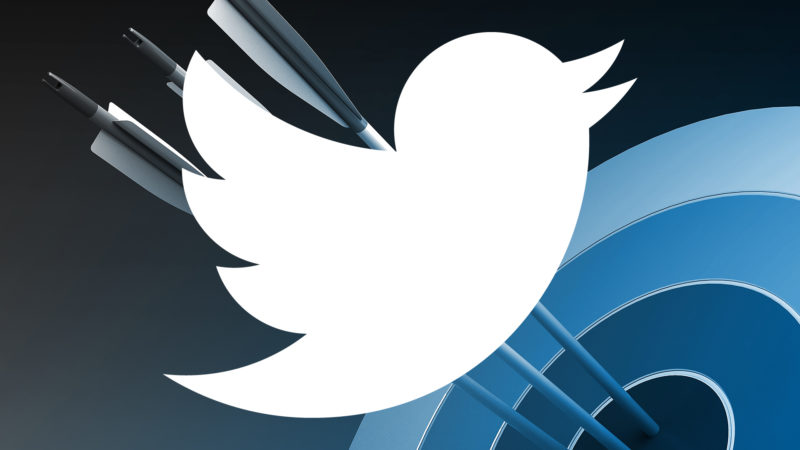Promoted Tweets with hashtags have higher CPAs, lower CTRs — & other surprises for DR advertisers
A Twitter study of 9,000 campaigns points to 9 characteristics that can make promoted tweets more successful for direct response advertisers.
Twitter released some surprising findings on factors that can make for successful promoted tweets in direct response advertising campaigns. Twitter and Twitter Ads Partner Adaptly analyzed 9,000 direct response campaigns to get a sense of what drives results and what doesn’t. Twitter isolated nine performance factors among these promoted tweets analyzed in this study.
Twitter-specific surprises
Among the factors of success Twitter looked at were elements specific to tweets: the use of mentions, hashtags, tweet length and the use of caps in tweets.
Tweet length matters: 140 characters can feel like tight reins on marketers’ creativity, but it turns out even shorter can work better for direct response advertisers. The study found that promoted tweets that ranged between just 40 to 60 characters had the lowest CPA, while tweets that ranged between 100 to 120 characters had the highest CPA.
@Mentions aren’t great for DR: While brands have had great success in gaining reach and attention by conversing with each other on Twitter, for direct response, @mentions aren’t necessarily constructive. Of the tweets studied, those that mentioned another handle had six percent lower CTRs and three percent higher cost per link click (CPLC).
Neither are hashtags, apparently: Contrary to conventional wisdom, tweets with even one hashtag, much less many, had 24 percent higher CPAs and three percent lower CTRs, on average, than tweets that did not use hashtags.
Caps drive fewer clicks: Among the tweets analyzed, those that used caps in 20 percent or more of their characters had nine percent lower CTR and two percent higher CPA.
Direct response fundamentals work on Twitter, too
What’s not all that surprising is that many of the fundamentals of direct response advertising — use of the word “new,” adding a sense of urgency with words like “hurry” and “limited time” — play well on Twitter.
Of the campaigns studied, just 12 percent of the promoted tweets included urgency terms, yet those tweets had a 10-percent lower cost per acquisition (CPA) and a 10-percent higher click-through rate (CTR).
Promoted tweets that included mentions of “new” services, products or features saw a 10-percent CPA, a 23-percent boost in CTR and a 26-percent lower cost per link click than average.
Show your colors with the all-new JBL Pulse 2 wireless speaker, now $30 off. #ListenInColor https://t.co/VzogQYvKrQ
— JBL (@JBLaudio) December 24, 2015
Should you promote dollar-off savings or percentage discounts? Twitter and Adaptly found that tweets that promoted percentage discounts had a 40-percent lower CPA than tweets that featured dollar-off discounts.
Questions also performed well, generating a nine-percent lower cost per link click and a 16-percent higher CTR on average than tweets that didn’t ask a question.
And contests still work. Tweets promoting a contest or prize giveaway saw a 40-percent lower CPA. Just four percent of the tweets analyzed promoted a contest or prize, however.
Test, test, test
As with other channels, Twitter recommends direct response advertisers test two to three tweets per campaign with different ad copy and/or images to find out what works best in your own campaigns.
Contributing authors are invited to create content for MarTech and are chosen for their expertise and contribution to the martech community. Our contributors work under the oversight of the editorial staff and contributions are checked for quality and relevance to our readers. MarTech is owned by Semrush. Contributor was not asked to make any direct or indirect mentions of Semrush. The opinions they express are their own.
Related stories
New on MarTech
